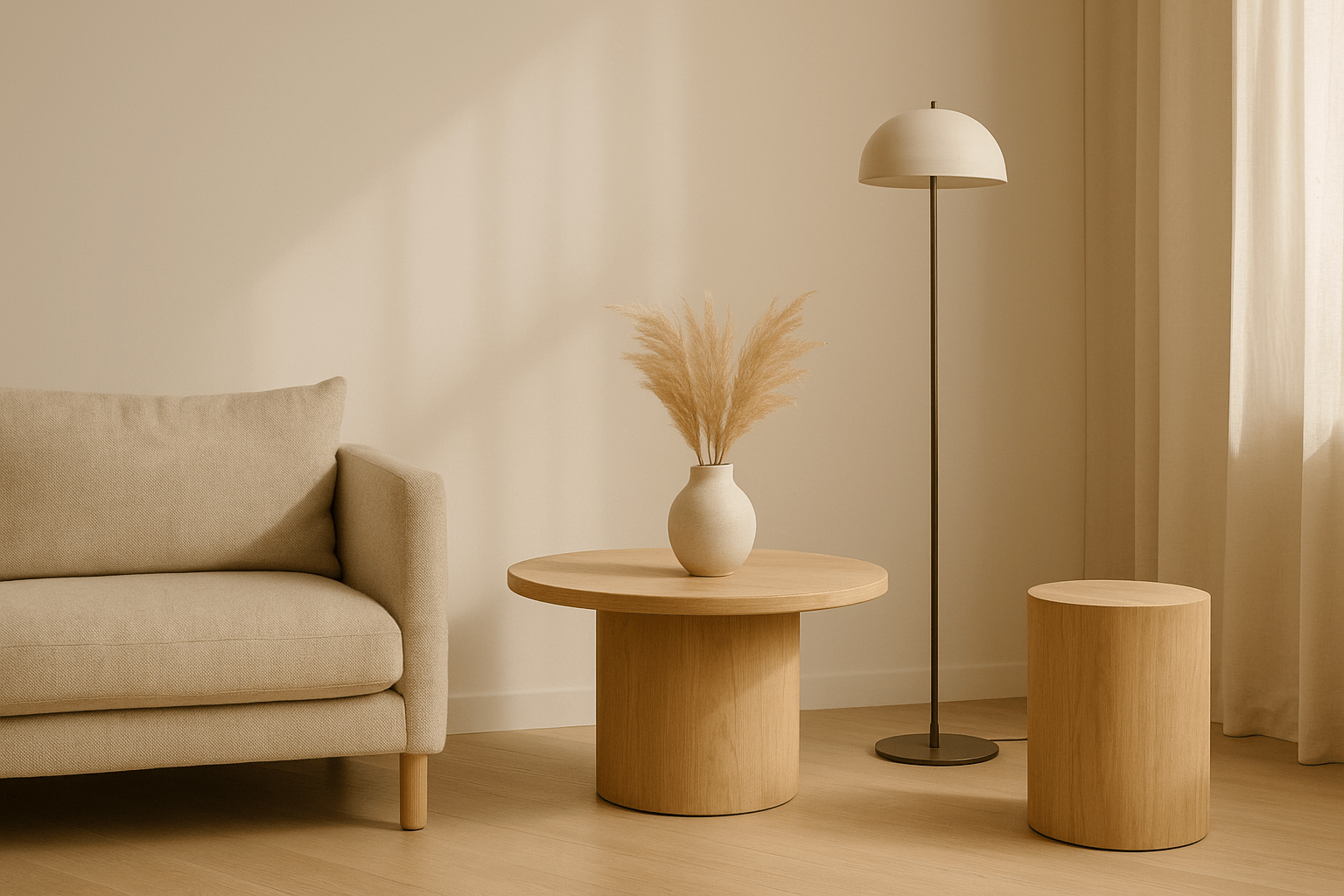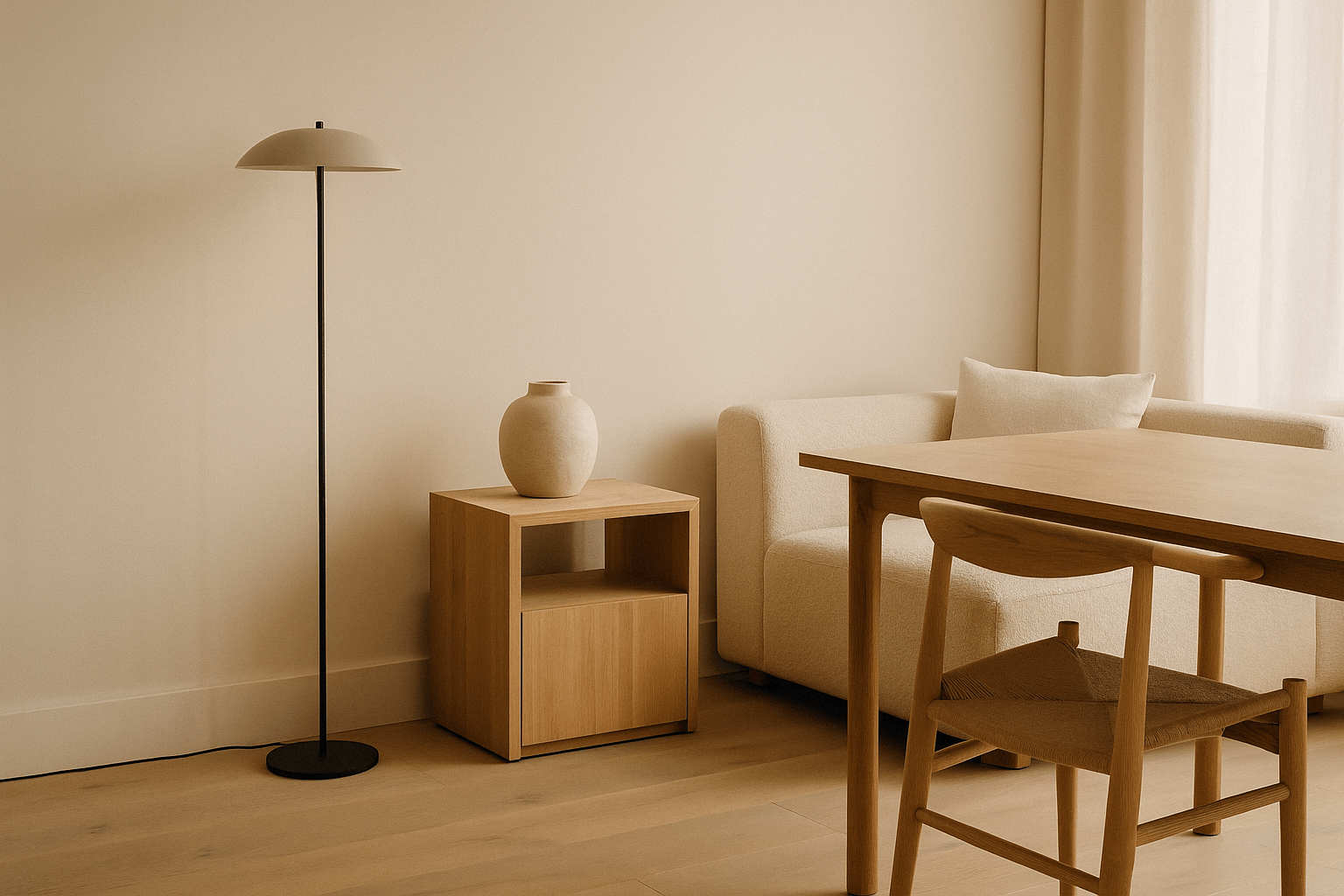Minimalism Goes Beyond Aesthetics — It's a Mindset
Minimalist interiors often get reduced to a “look”: neutral tones, empty spaces, clean lines.
But true minimalism is a practice of restraint — a conscious, ongoing choice to simplify, clarify, and prioritize.
It’s less about a visual trend, more about how you approach space and life.
1. Restraint as Emotional Clarity
By choosing not to fill every corner:
-
You create space for rest and reflection
-
Reduce visual and cognitive noise
-
Foster a calming emotional environment
Restraint is a daily practice of asking: What truly adds value here?
2. Editing, Not Decorating
Minimalism isn’t about starting with emptiness.
It’s about editing down to what feels essential:
-
Curating objects with meaning
-
Removing visual distractions
-
Letting key pieces breathe
This creates focus and ease.
3. The Discipline of Less
Practicing restraint means:
-
Resisting impulse purchases
-
Avoiding trend-driven clutter
-
Prioritizing longevity over novelty
It’s a slow, mindful approach that favors depth over volume.
4. Negative Space as a Design Element
Choosing to leave space untouched:
-
Enhances flow and movement
-
Allows light and shadow to animate the room
-
Creates visual calm and breathing room
Restraint isn’t emptiness. It’s intentional space.
5. Evolving with Time, Not Chasing Change
Minimalist spaces evolve slowly:
-
Objects are added deliberately, not reactively
-
Furniture and lighting are chosen for years, not seasons
-
The home adapts with life’s rhythms, not fast-moving trends
Restraint fosters timelessness.
Final Thought
Minimalism is not a static style.
It’s a continuous practice of restraint — choosing what to bring in, what to leave out, and how to live with intention.
Through restraint, your home becomes a reflection of what matters most.
















